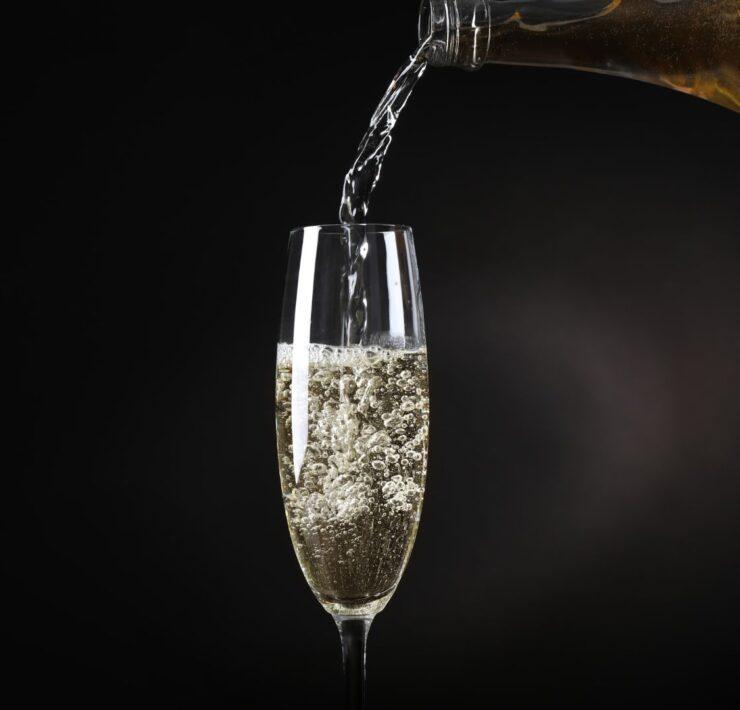As the most widely planted grape in Italy, Sangiovese is responsible for a range of wines that draw international attention. Most popular wines from this thin-skinned grape are responsible for its grandeur, like Chianti Classico or Brunello di Montalcino. But there’s a lighter, fruitier style of Sangiovese gradually making a splash across the pond.
In northern Italy, sparkling Sangiovese rosé is becoming increasingly popular with winemakers, like Il Borro Estate in Valdarno, who produce a champenoise-style rosé. “We were inspired to produce a Tuscan sparkling wine for our guests that is truly unique,” shares Salvatore Ferragamo, CEO of Il Borro. Ferragamo — also a third-generation of the luxury Italian shoemaker — has taken reign of his family’s organically and sustainably farmed vineyards. Along with the traditional styles of Sangiovese, the estate now offers a sparkling version, Bolle di Borro (in Italian, bolle directly translates to bubbles).

“The Bolle di Borro is made from 100% Sangiovese grapes. It delivers a fine perlage, lovely bread crust bouquet, and bright fresh fruits such as strawberries, typical of Sangiovese rosé,” explains Ferragamo. The medium-bodied wine ages 60 months on the lees and has a limited production of 5,000 bottles per year.
The wine’s small production and time on the lees are mainly responsible for the exclusivity of this wine. However, Ferragamo emphasizes the grape itself is what really contributes to its success. “Sangiovese has a characteristic tannic nature. Even in a champenoise-style rosé, the tannic structure of Sangiovese provides a distinctive freshness,” he says.
Filippo Simonetti, the sales and marketing director at Baracchi Winery in Cortona, says the authenticity of sparkling Sangiovese has roots in Tuscan traditions. “Speaking about Tuscan wines means speaking about Sangiovese,” says Simonetti, praising their winemaker Riccardo on their Spumante Sangiovese Metodo Classico. Simonetti says their team harvests the grapes at the end of August to maintain freshness. He describes Baracchi — which sees 40 months of lees aging — as “fresh and elegant on the palate, persistent and with a pleasant finish of black currant and sweet almond.”
Outside of Tuscany, sparkling Sangiovese is catching on. The Palazzona di Maggio estate in Emilia Romagna produces Aspro, an extra brut Spumante Sangiovese. Unlike its Tuscan counterparts, Aspro undergoes its second fermentation in stainless steel tanks via the Charmat method. Bolle di Borro and Baracchi use Metodo Classico or “Champagne Method,” where the second fermentation naturally occurs in the bottle. This method also sees prolonged time on the lees (60 months and 40 months, respectively). Aspro, however, only spends about two months on the lees and presents fruity and floral characteristics. Like the other producers, Aspro is small, with 3,300 bottles produced annually.
As sparkling Sangiovese catches on, production may increase. After all, “it’s a new way of drinking bubbles and a link to the Tuscan tradition,” Simonetti concludes.







